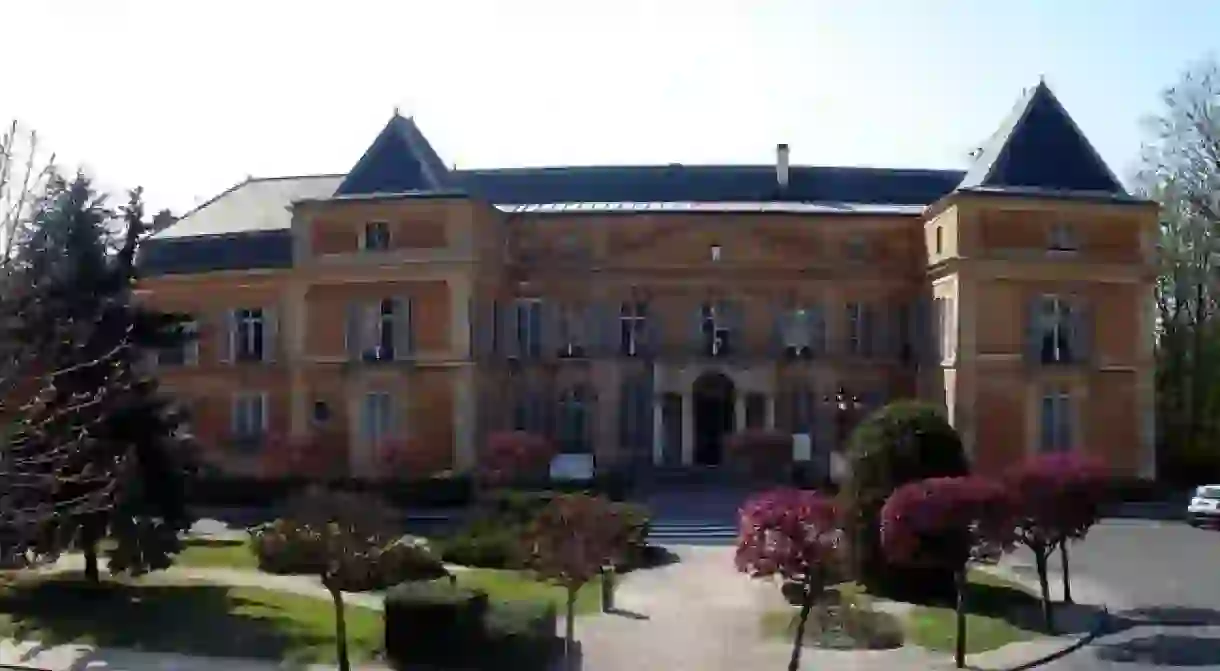Find The 'Real' Paris In Clichy-Sous-Bois, The City's Least-Visited Neighbourhood

Sometimes the swathes of tourists can simply become too much and maybe, you need a change. While rough around the edges, there are plenty of places near Paris where the most daring travellers can venture. If you’re not phased by reputation, rumours or the rarity of transport links, this rarely-visited neighbourhood boasts hidden gems like chateaux and chapels that date back to the 13th century.
The off-piste venture to the darkest corners of Paris is not for the faint-hearted. You have to be daring, insatiably curious and it also helps if you’ve got a trusted local friend to take care of the lingo. Here, you can’t vouch for people speaking English. If you’re still not put off, then one such place could be Clichy-sous-Bois, nicknamed Paris’ least-visited place.
Firstly, its isolation comes from the fact that it has its own administrative district, which is referred to in France as a ‘commune’. It’s officially a separate entity. The separation from central Paris is also clear in its population of almost 30,000, who don’t describe themselves as ‘Parisians’, preferring the term banlieusard (from the Parisian suburbs).
But the most striking hurdle to deal with is how there are no direct transport links from Clichy-sous-Bois to the centre of Paris. Despite the suburb being located a mere 9-10 miles from Notre-Dame, the odyssey to this dark corner can take up to two hours, depending on how you go about it.

The other side of the story, as argued by the most defiant banlieusards, is that, given how few travellers dare venture beyond the bounds of tourist guides, there’s something authentic to discover here. It’s a bold claim and will be refuted by many, but take a trip to Montmartre and you immediately fall into tourist traps. Such quartiers may be stunningly beautiful, but they mainly exist for tourists.
Of course, we can’t pass over how Clichy-sous-Bois was the place where the 2005 riots started and so, it’s been tarred with a bad brush ever since. Nonetheless, if you’ve made friends with banlieusards from the area, then you might just find character, charm and even hidden gems in this rarely-visited district.
While the Notre-Dame Cathedral in central Paris might be the most famous, there’s a hidden relic in this neighbourhood that goes by a similar name. The chapel of Notre-Dame-des-Anges, built in the 13th century to commemorate a miracle, has since become an annual pilgrimage site.

According to local legend, it was here that the Virgin Mary came to the rescue of three Angevin merchants, attacked, robbed and tied to trees in the forest of Bondy. Destroyed by the revolutionaries, the chapel was rebuilt in the 19th century and three crosses were erected to remember the miraculous origins of the chapel.

If ancient churches are your perfect travel inspiration, there’s also the Saint-Denis church. It was erected for the first time at the beginning of the 13th century, before being destroyed and rebuilt in 1641. Since then, it has been preserved and restored many times by the municipality as a historic heritage site of the city.
Believe it or not, but there are impressive chateaux to be explored as well. First, there is Le château de la mairie (the castle of the town hall) that was purchased in 1645 by Robert de Bragelongne, Superintendent of Finances under King Louis XIV, and built upon a luscious former hunting ground.

First occupied by a Templar commandery, it was later ransacked in 1870 by the Prussians, before being renovated and sold to the city in 1930 by the Lindet-Girard family to house the present-day town hall.
Then, there’s L’Orangerie (the Orangery), built in the second half of the 18th century. Officially acquired by the city in 1930, it was later registered in the inventory of historic monuments in 1972, sealing its importance in the history books forever.
You wouldn’t believe it when you first step into this commune, but the Orangery used to house various royal receptions as they went hunting in the nearby forests.
Another castle not too far away is the Château de la Terrasse (Terrace Castle), originally built in 1800 before it was heavily damaged during the Franco-Prussian War of 1870-1871. Like the other monuments of historic importance, it was restored in 1906.

As if that wasn’t already enough, the neighbourhood prides itself on being one of the greenest areas of the city – once you get past the tower blocks. It’s nestled beside the Bondy Forest to the east, the park of the Fosse-Maussoin to the west, as well as Bellevue Park, old quarries, the aqueduct of the Dhuis and the calm pond of Clichy. This makes it one of the city’s most varied and least-visited neighbourhoods.














